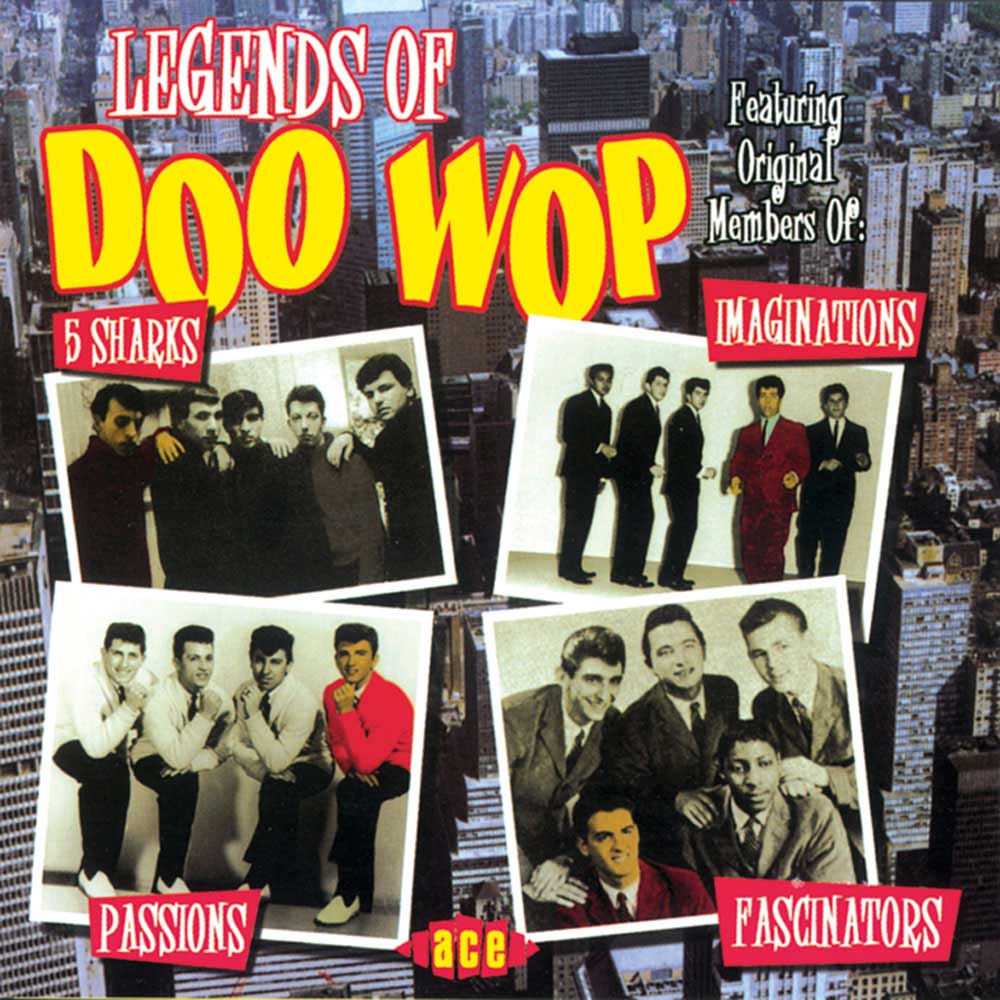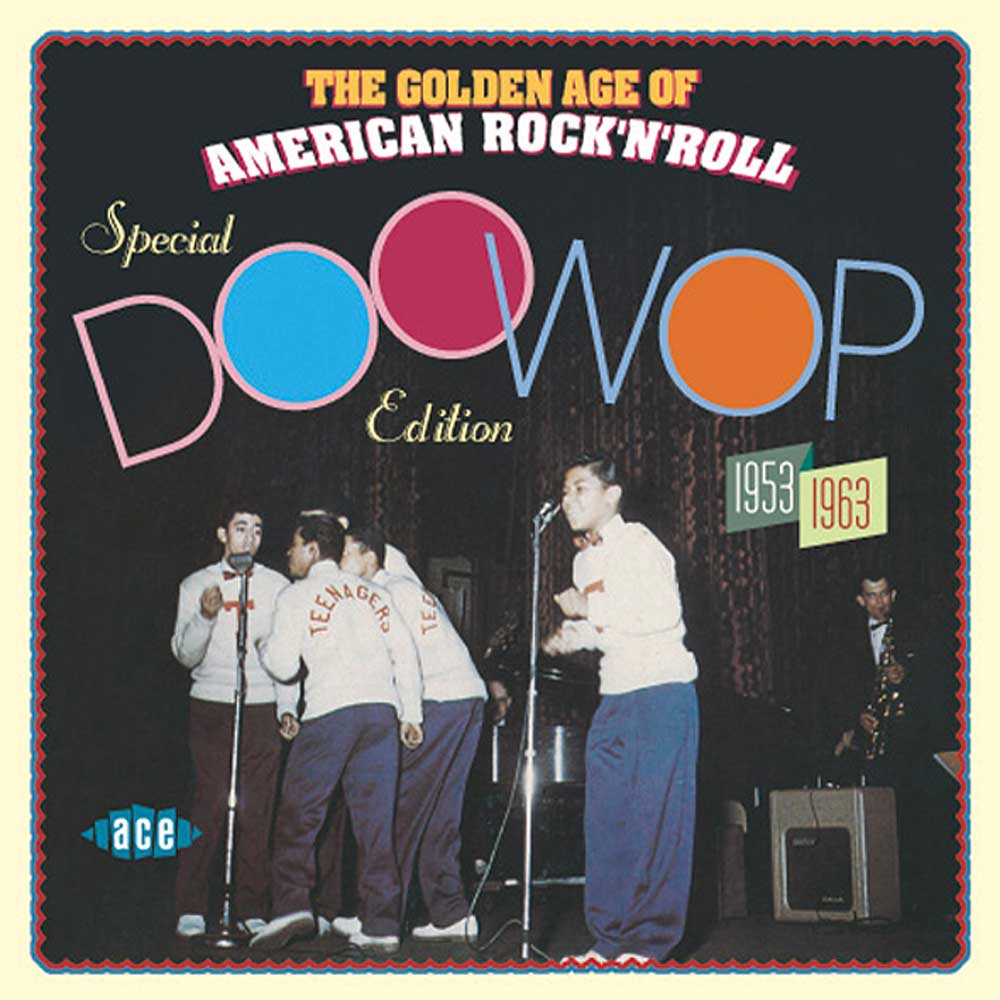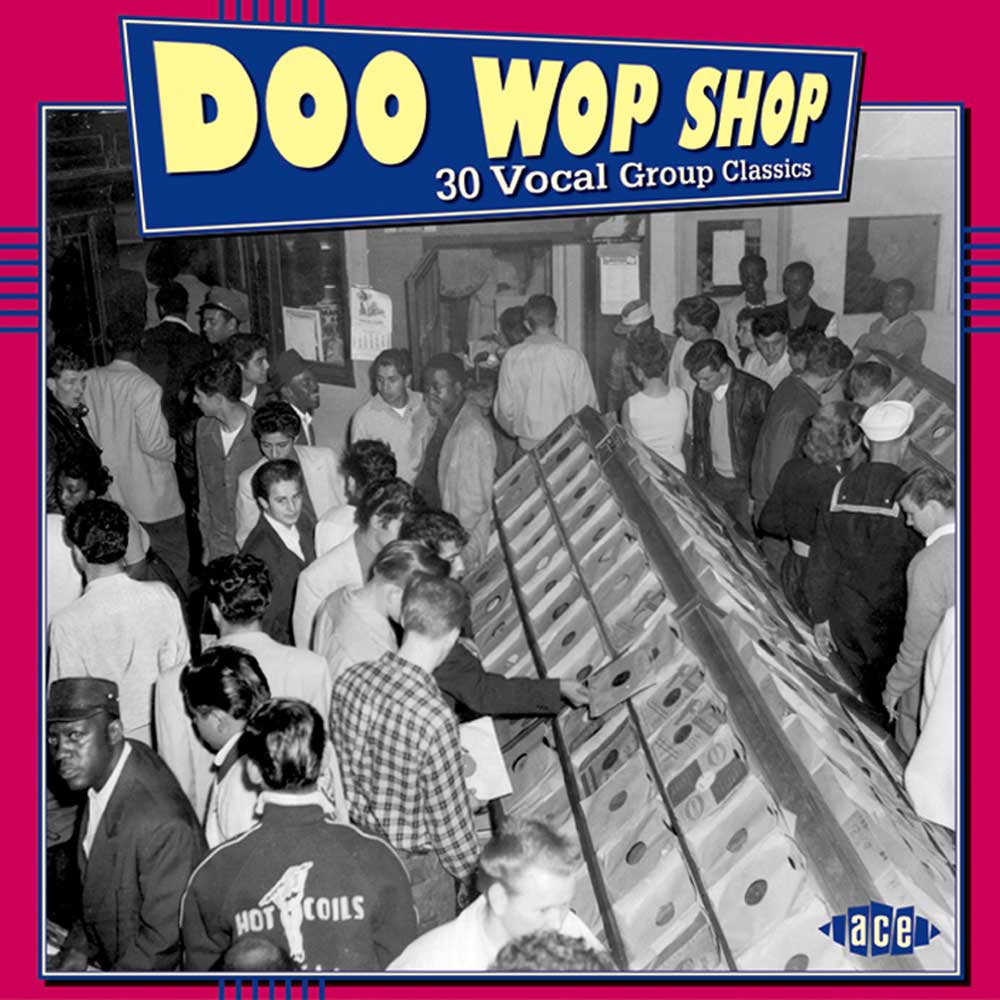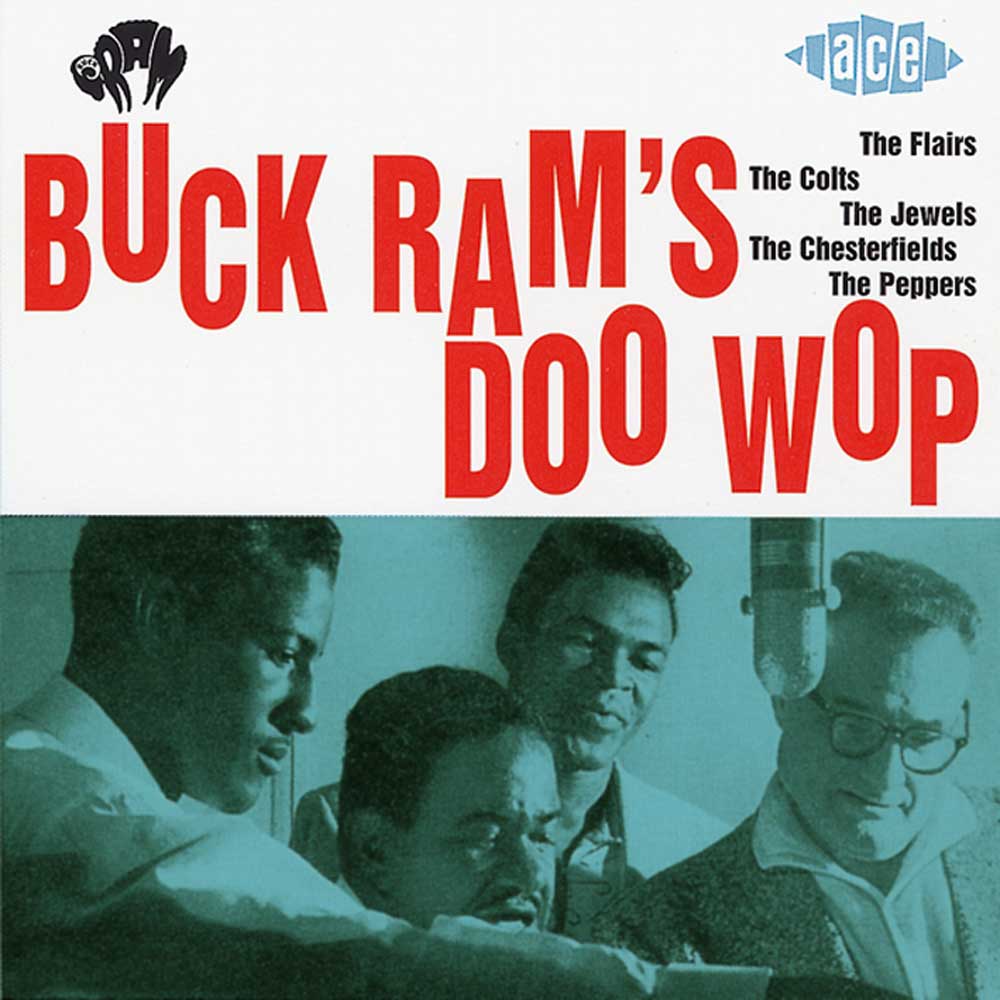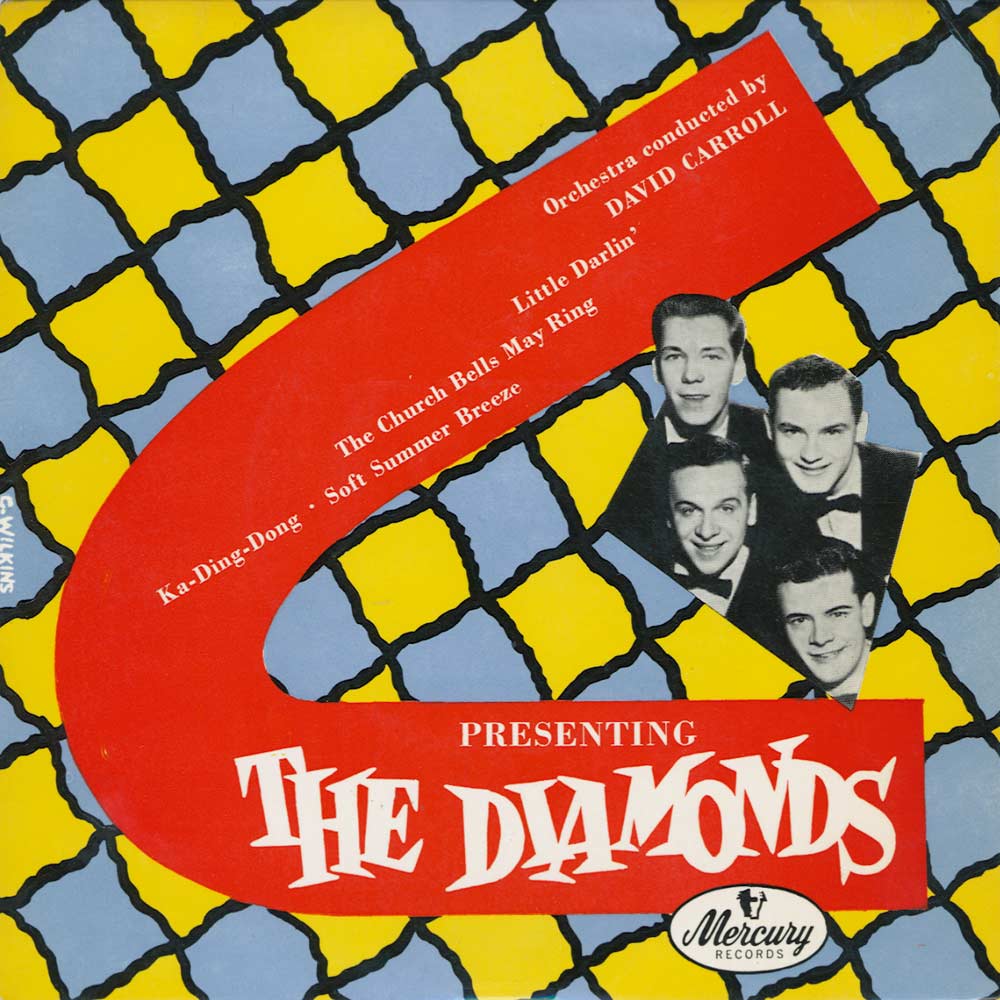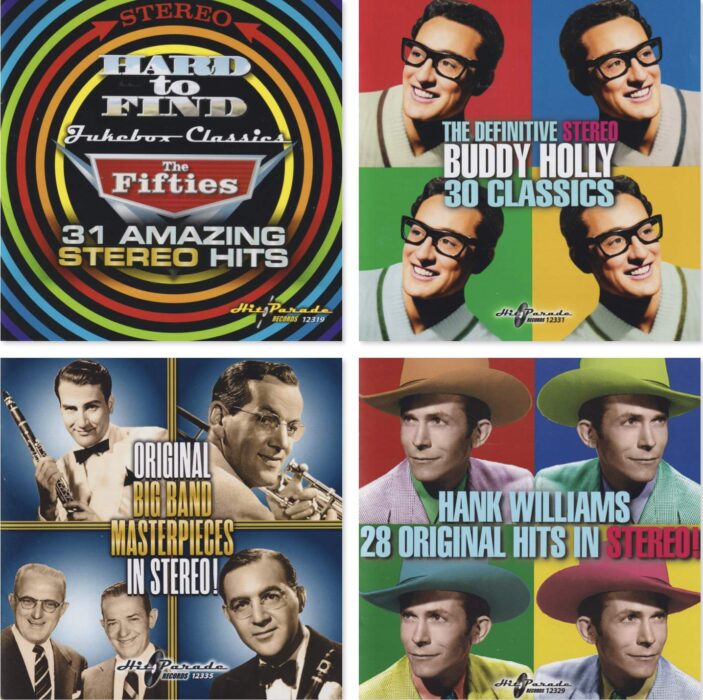The Article
Vocal Harmonies: Can I have a ‘Hell fried cuck-a-lucka wanna jubba’ to go, please?
6th February 2017
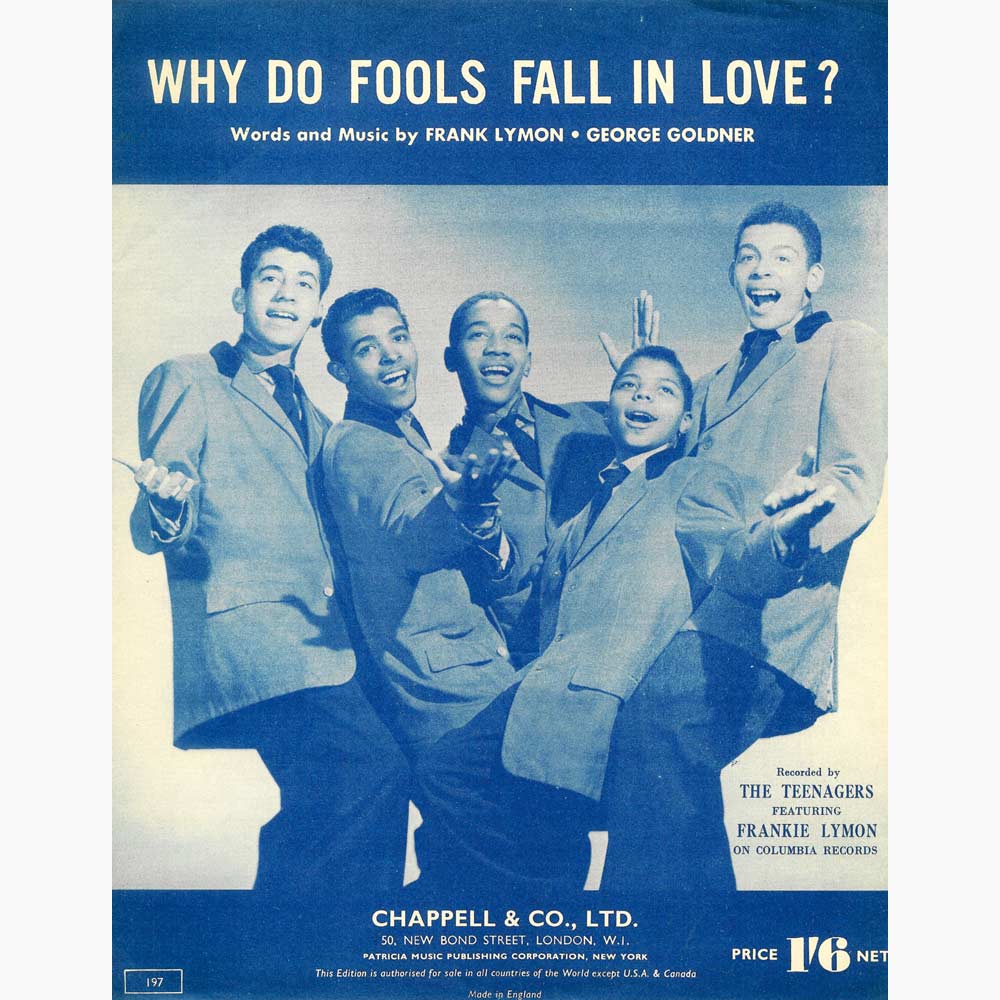
I’ve said it before and I’ll say it again, I do like the combination and amalgamation of a number of voices that emerge as a harmony. There is something quite magical about the fact that a number of disparate personalities can act as a contributing piece of a sonic jigsaw that builds into a single wall of perfect sound. It’s a symbol of perfect human co-operation.
For fans of hi-fi, this collection of voices, these ‘human speakers’ are actually a natural facet of music to turn towards. You often have the full range of frequencies on offer and the best organic cross-over modules that have ever seen the light of day, the human voice box.
While the nature of the human voice can produce startlingly complex harmonic results, harmony has been heard in a wide range of combinations. Sometimes it is the very core of the performance (i.e. Crosby, Stills & Nash and The Andrews Sisters) and sometimes it is only brought into an arrangement when required but is not a mainstay of the creative art (i.e. The Beatles and Grateful Dead). There are occasions, though, when harmony, even though a crucial part of an entire musical genre is subject to quite specific and direct rules.
Take Doo Wop whose harmonies are very much in view but they are corralled somewhat, tending to run underneath a lead singer. Here, the group harmony does not usually lead throughout but it may occasionally alternate with a lead tenor in this capacity. Hence, Doo Wop utilises harmony as a tool to get the the message across in a very specific way.
So important was the notion of harmony to the Doo Wop genre that, over the course of the evolution of Doo Wop, there was a constant ‘play’ at work with harmonies always under examination and experimentation.
Some groups, for example, used ‘blow harmonies’, which sounded like “ha-oo” which was a quick expellation of air out of the mouth, that replaced humming for background vocals. In other cases, progressive entrances were very effectual. Dion and the Belmonts were very good at this. In fact, you can hear them do their thing on Ace’s CD Dion/Dion & the Belmonts (acerecords.co.uk). The hit single, I Wonder Why clearly shows this progressive technique in full flow.
The lead singer on many Doo Wop tracks was usually a tenor. Such singers varied in tone and quality of course and some found the technique easier to accomplish than others: Frankie Lymon (and his Teenagers) had no issues but then he was a child so he really shouldn’t have. Others had a slightly manufactured tone to their tenor delivery such as The Regents with Runaround (you can hear them on Ace’s The Golden Age of American Rock’n’Roll Special Doo Wop Edition). Slightly more softer and easier on the ear were The Passions with a track such as Just To Be With You while the truly spectacular tenor performance could be heard via the likes of the Jive Five on a track like My True Story (you can find this example on Ace’s Doo Wop Shop CD).
Possibly more intriguingly was when the traditional structure of Doo Wop was flouted and manipulated. For example, when the bass stepped out of the crowd and took the lead. The Eternals’ Rockin’ in the Jungle (also on the Doo Wop Shop CD) had the bass as a major part of the harmony, the main feature as it where, right from the off as well as supplying lead excerpts throughout.
One of the most distinctive elements of the entire Doo Wop genre and the detail that sets it apart from all other harmony variants was the use of the nonsense lyric.
This was an interesting inclusion and has been derided as evidence of the genre’s shallow nature but, if you think about it, the nonsense lyric forces you to remember a suite of consecutive harmonic modulations, helping to retain a consistency in terms of vocal backing from performance to performance. Without the nonsense lyrics, backing vocals would be far more freeform and random: no good for the potential hit single at all.
Hence, you shouldn’t be surprised to hear a brief ‘Fay down ah wanna dip-a-zip-a-dip-a’ emerging from the inky blackness of the 7” grooves or even ‘Dull ow de moun’ chicky hubba lubba’ and as for ‘Hell fried cuck-a-lucka wanna jubba’? Well, not’s not even go there. There are plenty of songs that fit this bill such as the backing harmonies on The Cupids Brenda, portions of The Preludes Five’s Starlight and in the background vocals of The Velours’ Can I come Over Tonight (you can hear them on Ace’s The Golden Age of American Rock’n’Roll Special Doo Wop Edition Volume 2).
The fact that harmony groups are so varied and wide ranging in style and approach says a lot for the power but also the variety, malleability, potential, complexity and the multiplicity of the human voice. You can throw as much computer power as you like into a studio but the ol’analogue voice still reigns supreme.

